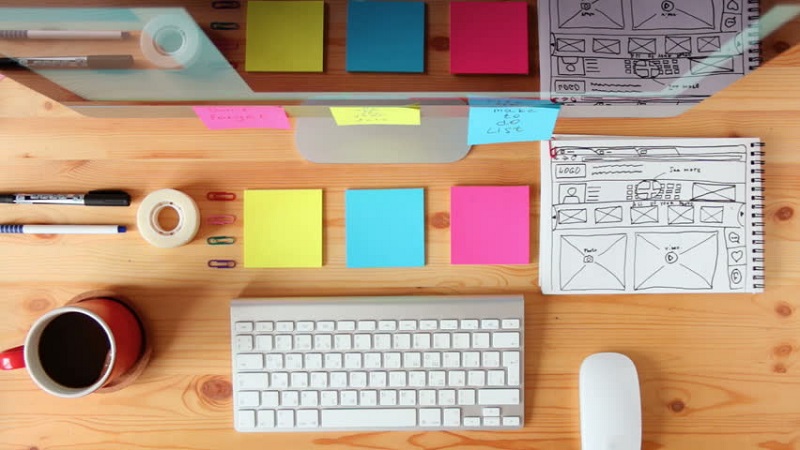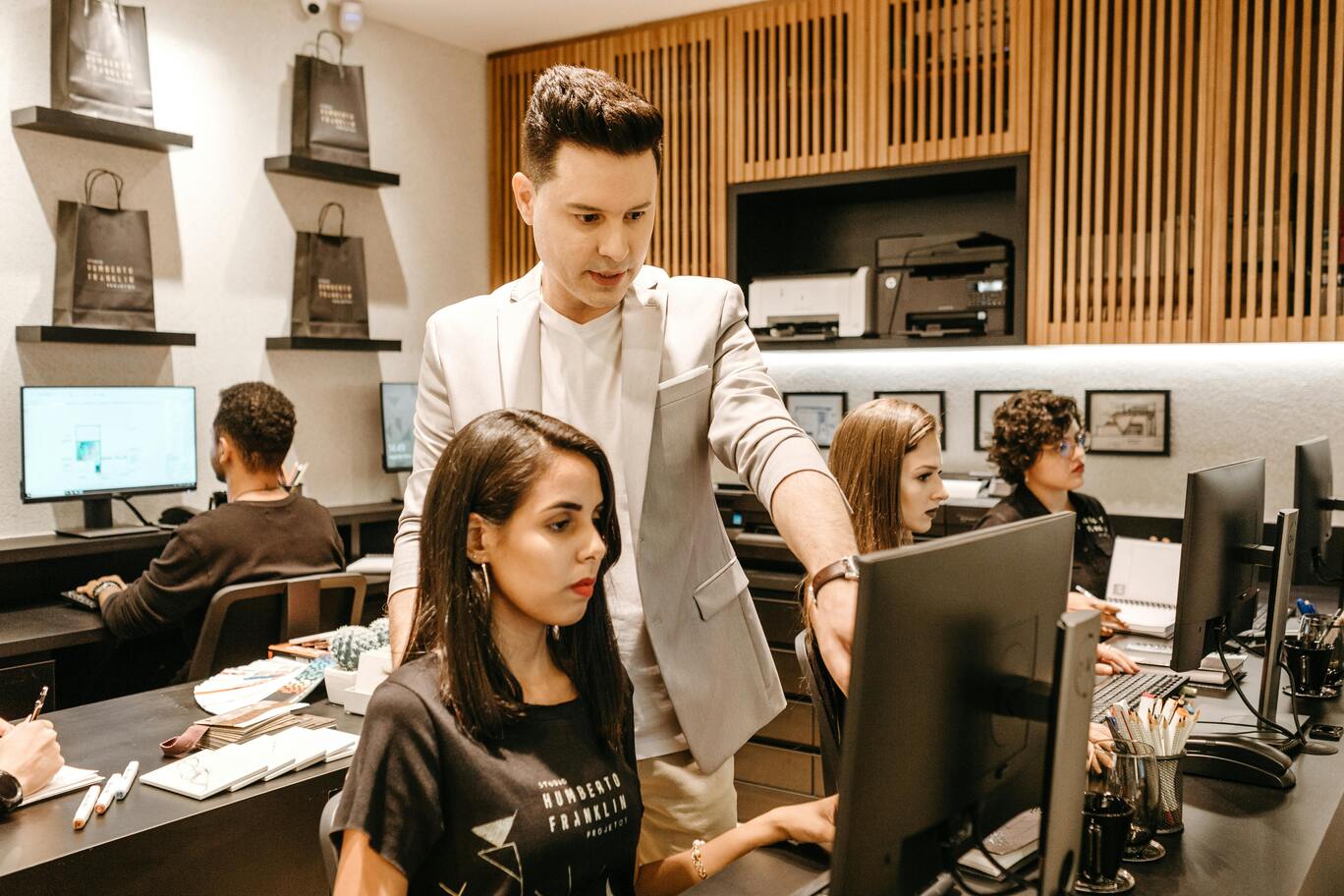Productivity is defined as a measure of the efficiency of a person against the time and resources incurred. Put simply, it is value divided by time. It is more than just getting all the tasks done. Your team is productive when they get the job done, do good quality work, and don’t lose time. It is about focusing on the right things at the right time and providing the desired results.
According to the latest data from the Bureau of Labor Statistics, Americans work for 34.5 hours per week, which is about 8 hours every day.
It isn’t surprising at all.
What is surprising – and even more alarming – is that according to research, within that eight-hour period, workers are only productive for around three hours a day. And among the most common culprits are: checking social media, reading news websites, searching for new jobs, taking smoke breaks, and looking for new jobs!
And if the same thing is happening in your office, don’t fret. The good news is that you can do something to increase your employee productivity.
The question is HOW?
How to Increase Employee Productivity in the Workplace
Here are some effective strategies that can help to improve the productivity of employees.
Optimize their work environment
Driving productivity in your team can be as simple as sprucing up their working environment. There’s a big body of research suggesting that employee happiness is imperative to the success of any business. According to one study, happy employees are 20% more productive than their unhappy peers.
It is not surprising that job stress is a major source of stress for American workers. Long hours of work, deadlines, and lack of motivation are just among the many reasons why.
You can’t totally free your staff from stress. But definitely, you can do something to lift their spirits and help them focus at work. Try these tips to optimize your staff’s work environment and make them more productive at work:
- Keep it well-lit. Research suggests that lighting in offices and industrial spaces has a profound effect on employee well-being. Sufficient lighting helps employees stay awake and alert. As much as possible, aim for natural light. Otherwise, it’s great to invest in split and task lights that use energy-efficient LED bulbs.
- Add some fresh scent. Whether it’s some air freshener or lovely flowers, or decorative lighting, a sweet-smelling workspace can greatly improve your employees’ emotions and improve their mood, which all lead to improved productivity.
- Promote efficiency through the right tools. Make sure your staff has access to everything they need to get work done, such as a good internet connection, and collaboration tools like Google Drive, communication apps, etc.
Keep them engaged
Again, employee happiness matters. Employee engagement is crucial to business success. Highly engaged workers are loyal and emotionally committed. They are much more willing to take on work and do it with the utmost quality. Below are several ways to keep your employees engaged:
- Provide motivational events for employees. A great strategy for increasing employees’ productivity is through activities and events that boost their motivation to work. Sometimes, they just need some guidance and extra inspiration.
- Reward your employees. Recognize good performance through an employee reward program. Give them bonuses, incentives, and other perks for a job well done. This is a great way to improve staff efficiency.
- Listen to them. Provide check-ins and mentoring sessions to your employees. It’s a good opportunity to learn about the reasons for their productivity issues and help your employees deal with them.
- Let them find meaning in their jobs. The meaningfulness of the job is considered one of the top three drivers of employee engagement. In fact, most workers believe that job meaning is more important than their salary. It is impossible to be engaged at work if you don’t find value in what you are doing.
- Set realistic goals and offer support. One common problem with managers is the lack of a clear and strong sense of whether their employees are performing or not. Help your employees by setting realistic goals and offer support so they can effectively manage their time and resources to get their job done. You can make use of different tools like free time tracking software for employees.
More Tips to Increase Employee Productivity
In addition to the tips mentioned above, there are some more ways to increase employee productivity.
- Promote an efficient workforce. Review your current practices and see how you can make things faster, easier, and more efficient. For instance, there might be repetitive tasks that you can automate using employee management tools, instead of assigning them to your employees.This way, they can focus on more important activities. Additionally, provide your employees with a plan and encourage them to create a list to ensure that important tasks are prioritized and stay focused all day.
- Minimize distractions. Encourage your employees to avoid phone usage while at work. You can designate an area where they can freely engage in social media during their breaks. For tasks that require deep work, have them do it in a quiet room (such as your conference room) where distractions are very minimal.
- Instill accountability among your employees. By giving them a sense of ownership, you can encourage them to be more cautious and meticulous at work, thus, minimizing errors. At the same time, it motivates them to meet deadlines and provide quality work.
Measuring Employee Productivity
It’s not enough that you know the key to increasing employee productivity in the workplace. After trying all these tips and suggestions on how to make your employees productive?
Thankfully, productivity is something that can be measured. There are several ways to measure productivity at work. They include the following:
- Measuring employee objectives. Measuring employee output is a better indicator of their productivity and performance. Employee evaluations (which can be done annually or bi-annually) determine how much progress was achieved in terms of their role and what is expected of them.
- 360-degree feedback method. Commonly used by modern organizations, this employee efficiency method is a well-rounded approach to measuring performance. Here, an employee gets feedback not only from their superiors but also their colleagues.
- Measuring time management. This involves measuring how they use their work time. It lets you identify how much work is spent on actual work and on distractions like social media, non-work-related conversations, and excess time off. This process lets you set goals for reducing time losses and improve employees’ time management skills.
Measure Tasks, Not Hours
One of the most important metrics for measuring productivity is task completion. In today’s organizational setup where employees are given more opportunities to practice work-life balance, measuring tasks, not just hours or days, is a very sensible approach.
Making use of an effective method for measuring productivity is very useful in increasing employee performance. Hopefully, these suggested ways on how to measure and evaluate staff efficiency can help you determine whether your plans are working.
Employee productivity is a crucial factor in the success of any business. Unfortunately, workplaces are filled with distractions, from social media to non-work-related conversations. Add the fact that the workplace is a major source of stress for most people.
The good thing is, there are many ways to enhance employee productivity – from optimizing their work environment to keeping them happy and engaged. Atonally, you can increase workers’ productivity and drive performance by promoting efficient workflow, minimizing distractions, and instilling accountability. Lastly, measuring staff efficiency is equally important. This way, you are able to assess if your plans are working.








